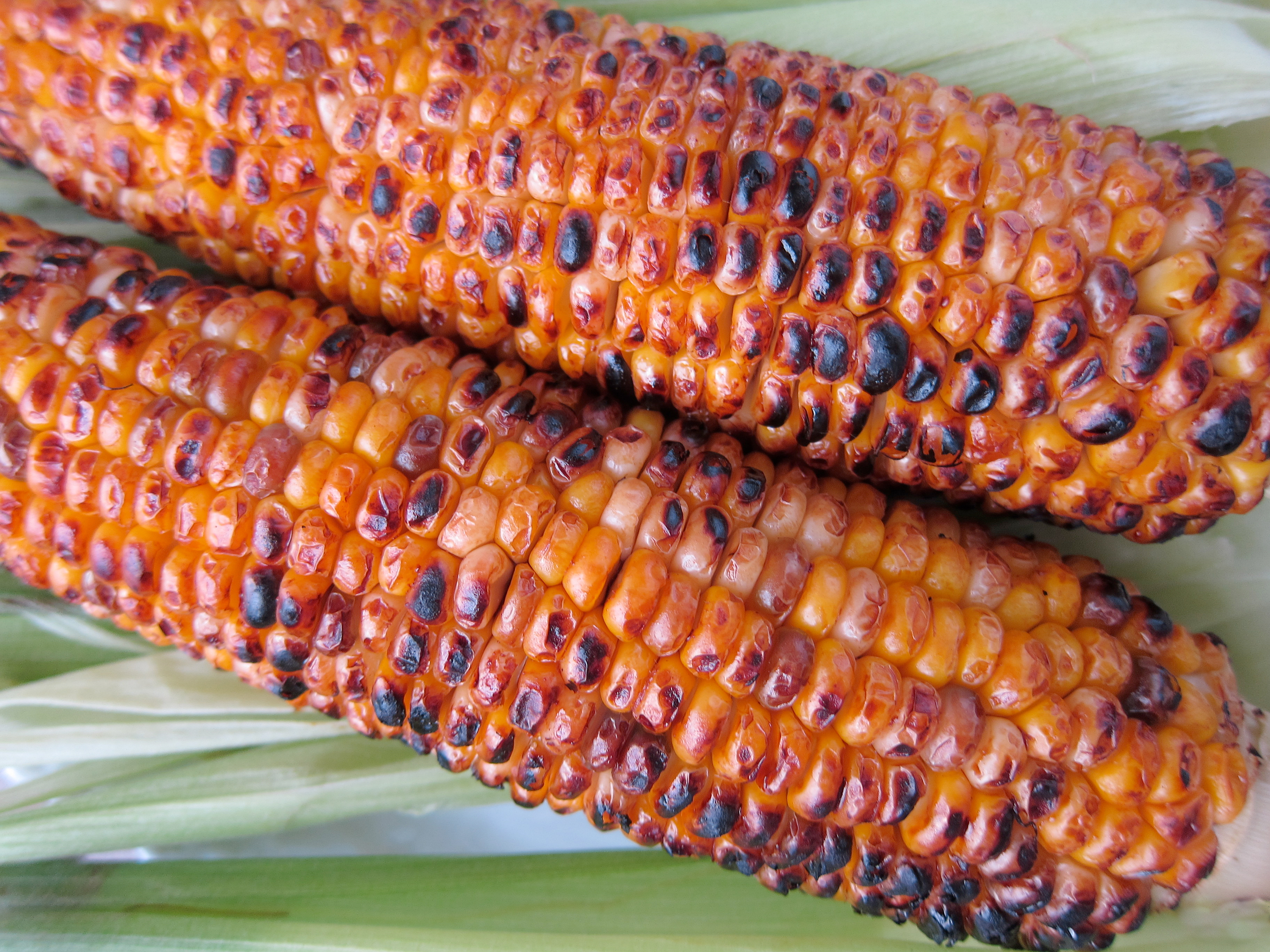The fact that corn or maize has a Japanese name — tōmorokoshi — indicates that it entered the country centuries ago, before it was the norm to import the name of a food as-is and spell it out phonetically (as with tomatoes or asparagus, for instance).
Corn was first introduced to Japan by the Portuguese in 1579, in Nagasaki or Shikoku, and was originally called nanban-morokoshi. "Nanban" was a term that came from China that means "southern savages," and was used to refer to any number of things that came from overseas. The name changed later to its current one; the tō part (also read as kara) refers to China's Tang Dynasty, and is still used for food and other items that may have originated in China or simply overseas, such as tōgarashi (chili peppers). The "morokoshi" part of the name means sorghum, because this new plant was mistakenly thought to be a bigger version of that grain.
The type of corn the Portuguese brought with them from South America was flint corn, which produces hard kernels that are ground up as meal or fed to animals. There are a few records of ground corn used as food for humans (it was used to make mochi-like cakes in Nagasaki, for example), but its main use overseas was as feed for livestock, and since meat consumption was banned or discouraged during the Edo Period (1603-1867), meaning there wasn't much animal farming, production of corn didn't take off in Japan until the Meiji Period (1868-1912). Today, Japan is the world's biggest importer of corn, three-quarters of which comes from the United States. Most of it is for animal feed.



